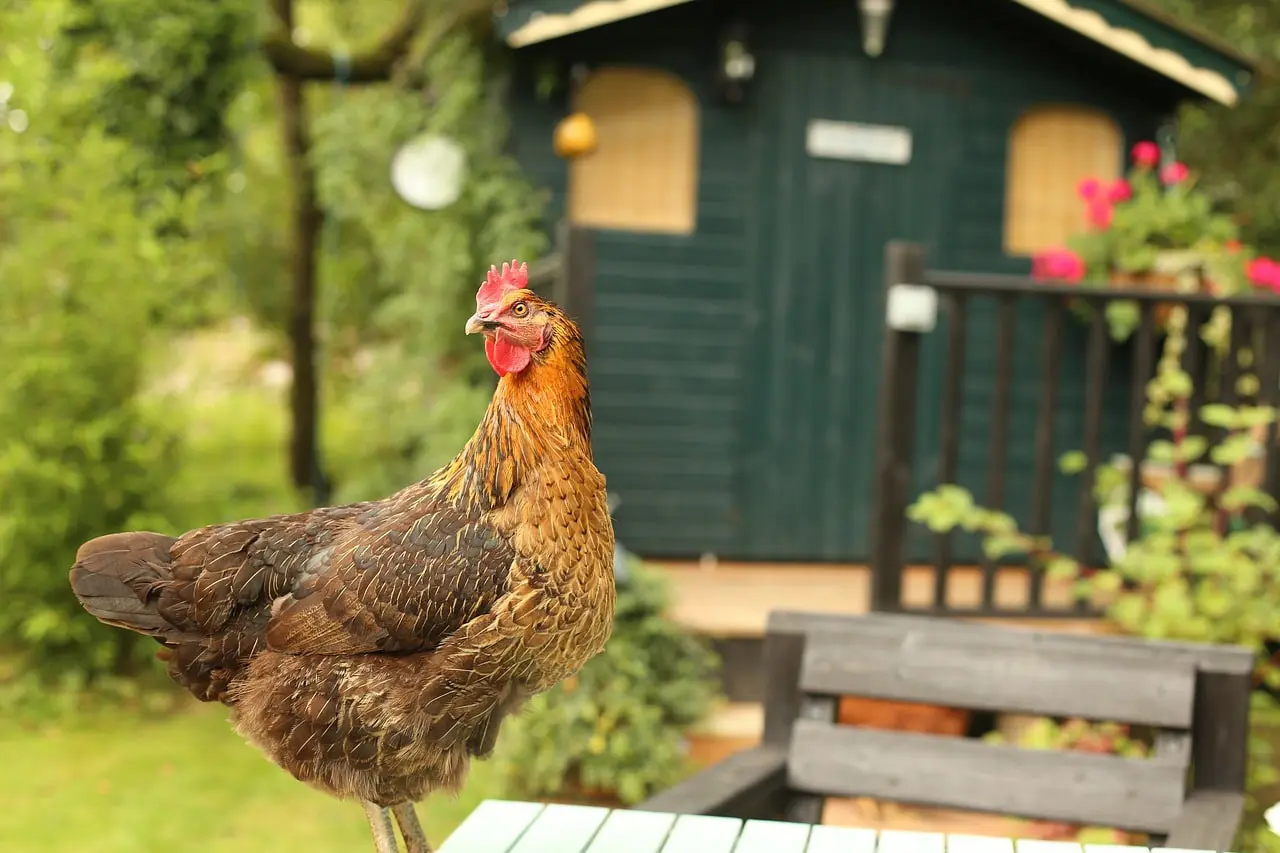We just got back from a fantastic vacation visiting the islands of Hawaii and were completely blown away by how many wild chickens roam free… EVERYWHERE.
According to National Geographic, genetic tests, and at least one biologist, Kauai’s wild chicken population has grown as a result of domesticated birds inadvertently let loose, and thereby breeding with each other as well as wild fowl. Today – with no natural predators – the wild chicken population continue to grow.
Local lore suggests that the hurricanes of 1982 (Iwa) and 1992 (Iniki) destroyed domestic coops and released the chickens into the jungles. These domesticated birds then mated with the wild red junglefowl (brought to the islands by the Polynesian) resulting in the feral chickens we see today.
Subsequently, question is, why are there so many chickens in Maui? Wild chickens aren’t plump like the ones found in the grocery store so they’re not good tasting to eat. That island experienced an increase in its wild chicken population when many chickens in coops and cages escaped following destruction by Hurricane Iniki in 1992.
Kauai’s wild jungle fowl is protected. Under state law like all birds of Hawaii, the moa is protected as an important part of nature. Although it is seldom spoken of and the law and repercussions for breaking the law is hard to pin down, harming the wild moa is a crime in the state of Hawaii.
Needless to say, seeing all these chickens added to the best vacation EVER!





